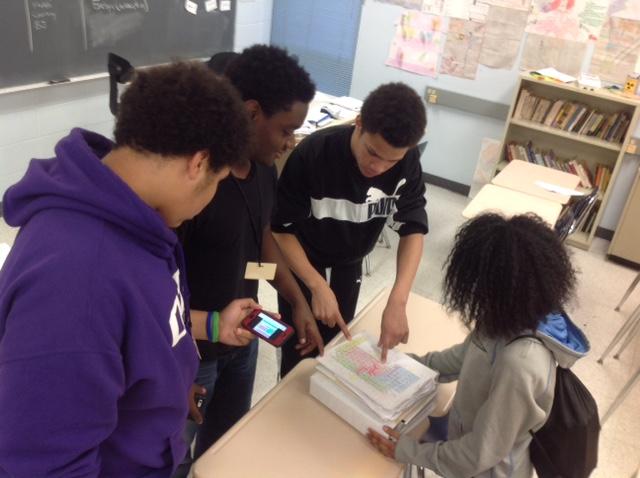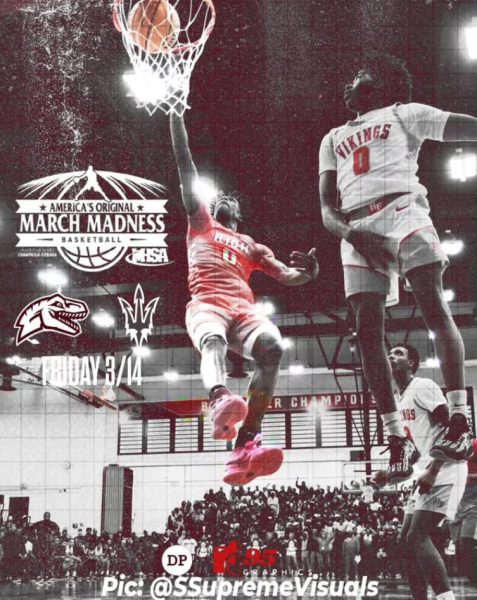How Often Are Students on Their Phones?
Sophomores (l. to r.) Isaiah Hughes, Noah Caillouet, Courtney Floyd, and Jamilah Board make use of both paper and cell phones to help them study for a chemistry exam.
As RCHS embraces the twenty-first century and all it’s greatness, it has been more and more commonplace to see students on their phones in class. While some may see this as a distraction, teachers are actually using cell phones to enrich their curriculums and help their students learn using familiar electronic devices.
There is a wealth of information at our fingertips, and the student body is taking advantage of it. From YouTube videos about converting moles to grams in chemistry to Googling the definition of “ambuscade” for English class, teachers are learning how to make the distracting boxes of wires and lights worth their while. A simple flip of the “red” technology sign to “green” can open up a world of opportunities previously unheard of in the classroom.
There’s a world of knowledge in the hands of our fingertips, it’s time to grasp it and use it for more than talking to people in other classrooms and checking Instagram. Students should take advantage of what they have and use it to their benefit, rather than as a distraction. School would be a lot easier and less frustrating if students don’t have to worry about getting their phone taken away every time they whip it out.






